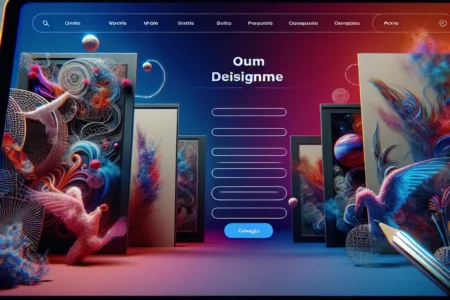The article “Factors to Consider When Choosing a Website Builder for Your Online Portfolio” emphasizes the importance of selecting the right website builder for creating an effective online portfolio. It highlights key factors such as accessibility, customization options, mobile responsiveness, ease of use, and customer support. The discussion of these factors aims to guide individuals in making an informed decision that aligns with their specific needs. Additionally, the article touches on “Comparing Website Builders: Which One is Best for Your Online Portfolio?” providing insights into popular options like Wix, Squarespace, and WordPress, showcasing their unique features and suitability for different types of portfolios. By delving into these considerations, readers are encouraged to carefully assess their options and make a well-informed choice for their online portfolio needs.









